



If you find yourself wandering through Mandaluyong,you’ll immediately notice its lively pulse—a city that hums with energy but never feels overwhelming. It’s like the perfect blend of urban buzz and neighborhood warmth. As you stroll down its streets,the scent of sizzling street food mingles with the fresh aroma of nearby parks,inviting you to pause and savor the moment. The chatter of locals,the honk of jeepneys,and the occasional laughter spilling out from cozy cafes create a soundtrack that feels both familiar and exciting. Mandaluyong has this unique character where modern skyscrapers stand shoulder to shoulder with bustling markets and quaint residential areas. You can grab a cup of rich,sweet kapeng barako at a small coffee shop,then wander over to a lively mall or catch a local festival that bursts with color and music. The city’s warmth comes from its people—friendly,hardworking,and always ready to share a story or a smile. What really makes Mandaluyong stand out is how it balances the fast pace of city life with pockets of calm. You might find yourself sipping halo-halo under the shade of a tree in a quiet park,then minutes later,diving into the vibrant chaos of a night market. It’s a place where every corner has a story,and every visit feels like a new adventure waiting to unfold.
The information on this page is currently being reviewed by Tripkliq and should be used as a guide only
Eng word: Hello
Eng pronunciation: Kah-moo-stah
Local language: Kamusta
Eng word: Goodbye
Eng pronunciation: Pah-ah-lahm
Local language: Paalam
Eng word: Thank you
Eng pronunciation: Sah-lah-maht
Local language: Salamat
Eng word: How much
Eng pronunciation: Mahg-kah-noh
Local language: Magkano
Eng word: Toilet
Eng pronunciation: Bahn-yo
Local language: Banyo
Eng word: Help me
Eng pronunciation: Too-loo-ngahn moh ah-koh
Local language: Tulungan mo ako
Eng word: Yes
Eng pronunciation: Oh-oh
Local language: Oo
Eng word: No
Eng pronunciation: Hin-deh
Local language: Hindi
Eng word: Excuse me
Eng pronunciation: Pah-oo-mahn-hin
Local language: Paumanhin
The name 'Mandaluyong' is believed to have originated from the Tagalog word 'daluyong,' which means 'a place of waves.' Another theory suggests it comes from 'madaluyong,' referring to the rolling hills in the area.
Mandaluyong was originally a part of the Kingdom of Namayan, one of the oldest pre-Hispanic settlements in the Philippines, dating back to the 12th century.
During the Spanish colonial period, Mandaluyong was known as 'San Felipe Neri,' named after the patron saint of the town. It was established as a pueblo (town) in 1841.
Mandaluyong played a significant role in the Philippine Revolution against Spanish rule. It was one of the first towns to join the Katipunan, the revolutionary society led by Andres Bonifacio.
Under American rule, Mandaluyong saw significant infrastructure development, including the construction of roads, bridges, and public buildings, which laid the foundation for its future growth.
During World War II, Mandaluyong was a site of intense fighting between Japanese forces and Filipino guerrillas. The city was heavily damaged but was quickly rebuilt after the war.
Mandaluyong was officially declared a city on February 9,1994, through Republic Act No. 7675, signed by then-President Fidel V. Ramos.
Ortigas Center, a major commercial and business district, is located in Mandaluyong. It is home to numerous shopping malls, office buildings, and residential condominiums, making it a bustling hub of activity.
Greenfield District is a modern, mixed-use development in Mandaluyong that features residential, commercial, and recreational spaces. It is known for its green spaces and innovative urban planning.
In Mandaluyong, the most common Power Adaptor is Type A, Type B.


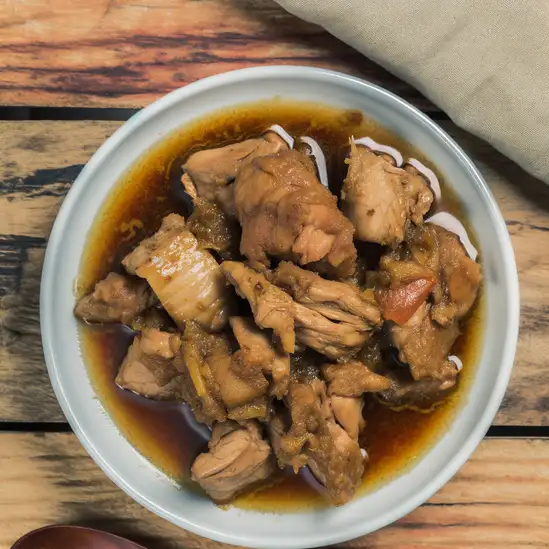
A savory dish made with meat (usually chicken or pork) marinated in vinegar, soy sauce, garlic, and spices, then slow-cooked.
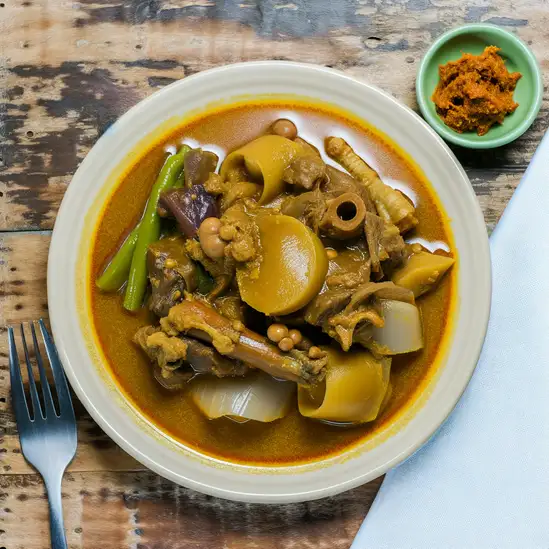
A rich and hearty stew made with oxtail, tripe, and vegetables, served with a thick peanut sauce.

A popular dessert made with crushed ice, sweetened fruits, jellies, and topped with leche flan and ube ice cream.
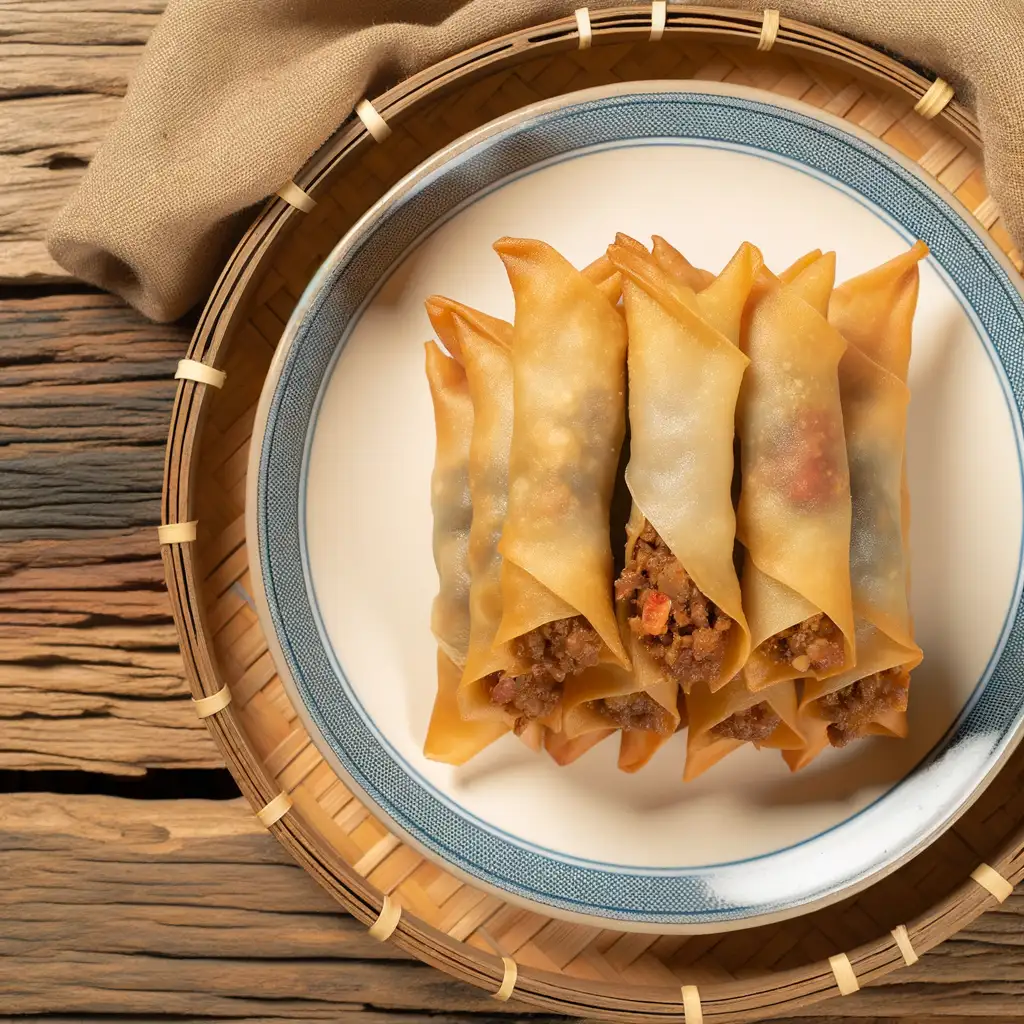
Crispy spring rolls filled with ground pork, vegetables, and spices, often served with a sweet and sour dipping sauce.
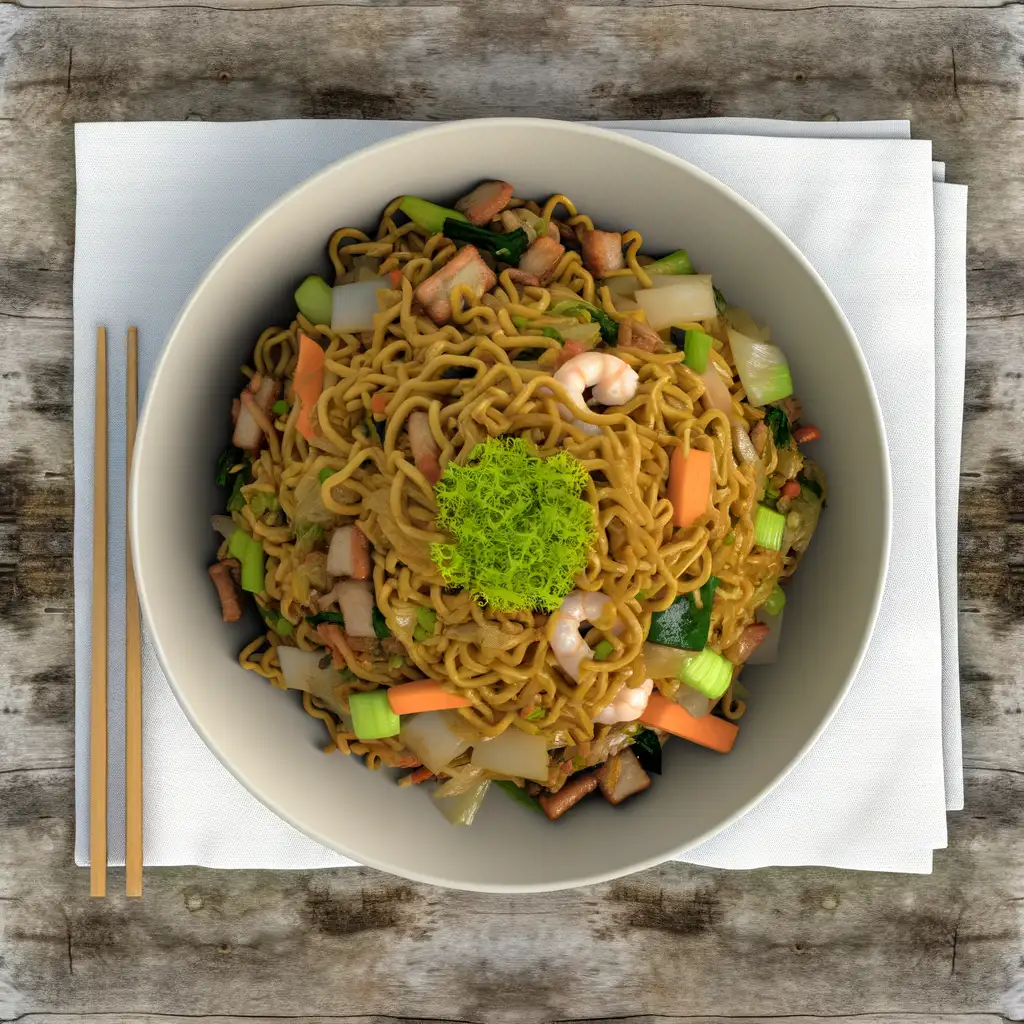
Stir-fried egg noodles with a mix of vegetables, meat, and seafood, often served during celebrations.
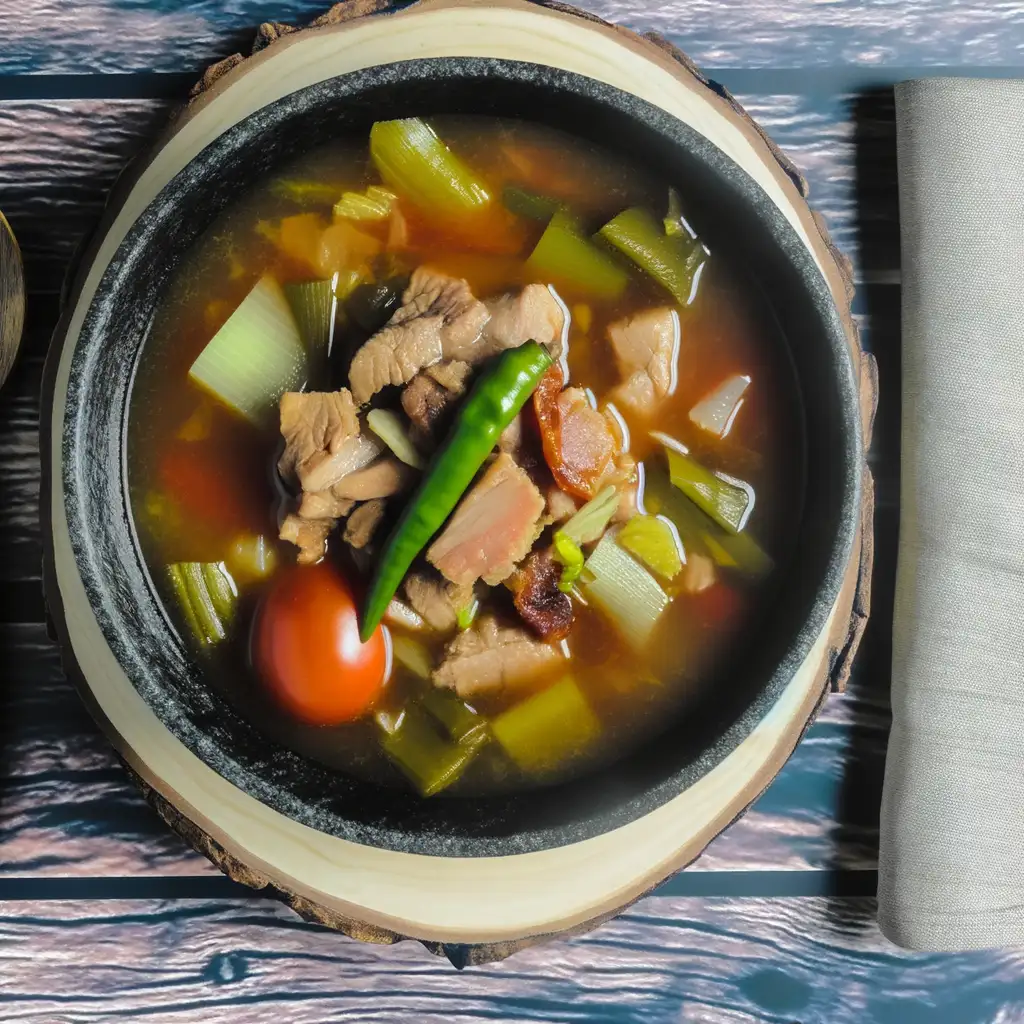
A sour pork soup made with tamarind, tomatoes, and various vegetables, known for its tangy flavor.

A traditional rice cake made with rice flour, coconut milk, and sugar, often topped with salted egg and cheese.
Imagine stepping into a place where history hums through the streets and the ocean breeze carries the scent of salty adventure—that’s Cebu City for you. The moment you arrive,there’s this lively energy that wraps around you,a mix of old-world charm and modern buzz. You’ll find yourself wandering through colorful markets where the chatter of vendors blends with the aroma of freshly grilled street food—think sweet,smoky lechon sizzling over coals,tempting you at every corner.
Cebu’s character is a beautiful blend of the past and present. Ancient Spanish forts and centuries-old churches stand proudly alongside sleek cafes and vibrant street art. The city pulses with warmth,not just from the tropical sun but from the people who greet you with genuine smiles and stories. At night,the streets light up with music and laughter,and you can almost taste the festive spirit in the air.
What really makes Cebu unforgettable is how it feels alive in every sense. You can hear the waves crashing nearby,see the colorful jeepneys weaving through traffic,smell the tropical fruits at the market,and feel the warmth of the sun on your skin as you explore. It’s a place where culture,history,and everyday life blend seamlessly,inviting you to dive in and experience its vibrant soul firsthand.
If you ever find yourself craving a place where nature’s calm meets a laid-back island spirit,Puerto Princesa is where you want to be. The moment you step off the plane,there’s this warm,salty breeze that wraps around you,carrying the faint scent of the sea and tropical blooms. It’s a city that doesn’t rush — people move with a gentle rhythm,and the streets hum softly with the chatter of locals and the occasional strum of a guitar from a nearby café. It feels like a breath of fresh air,both literally and figuratively.
What really makes Puerto Princesa stand out is its deep connection to nature. The famous Underground River is just the beginning — lush mangroves,crystal-clear waters,and vibrant coral reefs surround the city,inviting you to explore. You can hear the calls of exotic birds in the morning and watch fishermen bring in their catch as the sun dips low,painting the sky in shades of pink and orange. The food scene here is a delightful surprise too — fresh seafood grilled right on the beach,sweet tropical fruits bursting with flavor,and local dishes that tell stories of the sea and the land.
But beyond the sights and tastes,it’s the people who make Puerto Princesa unforgettable. Their warmth and genuine smiles make you feel like you’re not just visiting,but truly welcomed. Whether you’re wandering through the bustling market or sharing a laugh with a vendor,there’s a sense of community that lingers long after you leave. It’s a place that invites you to slow down,soak in the simple joys,and leave with a heart full of stories.
If you ever find yourself wandering through the heart of Bohol,Tagbilaran City greets you with a warm,unhurried rhythm that feels like a gentle hug after a long journey. The city hums with life—not the overwhelming buzz of a metropolis,but a lively,welcoming energy where jeepneys rattle by and street vendors call out their fresh fruit and local snacks. As you stroll along the waterfront,the salty breeze carries the faint scent of grilled seafood mingling with tropical flowers,inviting you to slow down and savor the moment.
Tagbilaran’s charm lies in its blend of old and new. You’ll catch glimpses of Spanish-era churches standing proudly beside colorful markets where locals barter over ripe mangoes and sticky rice treats. The city’s pulse is deeply tied to its people—friendly,easygoing,and proud of their heritage. At night,the streets light up with laughter and music spilling from small eateries where you can taste the rich flavors of Boholano cuisine,like the sweet,tender kalamay or freshly caught fish cooked with coconut milk.
What really stays with you is the city’s sense of community and its connection to the sea. Whether you’re watching fishermen haul in their catch at dawn or joining a lively fiesta,Tagbilaran feels like a place where stories are shared over steaming cups of coffee and where every corner invites you to discover a new layer of its soul. It’s not just a stopover—it’s a place that quietly pulls you in and makes you want to stay a little longer.
If you ever find yourself craving a place where vibrant city life meets the gentle embrace of nature,Davao City is where you want to be. The moment you step off the plane,there’s this warm,welcoming energy that wraps around you—like the city itself is inviting you to slow down and savor every moment. The air carries a subtle mix of tropical blooms and the faint,salty hint of the nearby sea,while the streets buzz with a friendly hum of jeepneys and chatter in a melody of languages.
Walking through Davao,you’ll notice how the city wears its culture proudly. From the colorful street markets where vendors call out their fresh fruits and local delicacies,to the intricate weaves and crafts that tell stories of indigenous tribes,there’s a deep respect for heritage here. And the food? Oh,the food! Imagine biting into a juicy durian (if you’re brave enough),or savoring grilled tuna so fresh it practically melts in your mouth,all while sipping on a sweet,refreshing calamansi juice.
What really sets Davao apart is its balance—towering mountains and lush parks sit just a short drive from bustling urban spots. You can spend your morning hiking up Mount Apo,the Philippines’ highest peak,then wind down with a stroll along the riverwalk as the sun dips low,painting the sky in shades of orange and pink. It’s a city that feels alive but never rushed,where every corner invites you to explore,taste,and connect.
If you ever find yourself craving a place where history hums softly alongside the buzz of everyday life,Iloilo City is where you want to be. The moment you step into its streets,there’s this warm,inviting energy—like the city is gently nudging you to slow down and savor its stories. You’ll notice the colonial-era buildings standing proudly beside modern cafes,their facades telling tales of centuries past. The air carries a subtle mix of salty sea breeze and the sweet aroma of freshly baked pan de sal,making every morning feel like a comforting embrace.
Walking through Iloilo,you’ll hear the lively chatter of locals,the clinking of glasses in cozy eateries,and the distant strum of guitars from street performers. The city’s character shines brightest in its festivals,especially the Dinagyang,where vibrant costumes and rhythmic drums fill the streets with infectious joy. But even on quieter days,the genuine smiles of Ilonggos and their easygoing hospitality make you feel like you’ve found a second home.
And then there’s the food—oh,the food! From the rich,savory batchoy served steaming hot in humble noodle shops to the sweet,creamy taste of fresh mangoes,every bite is a celebration of local flavors. Iloilo isn’t just a place to visit; it’s a place to experience,where every corner invites you to pause,breathe,and fall a little in love with its soul.
Dubbed 'Asia’s Latin City,' Zamboanga City is famous for its pink sand beaches on Sta. Cruz Island and its unique blend of Spanish and Filipino culture.
ExploreScammers install skimming devices on ATMs to steal card information. Tourists are advised to use ATMs in secure locations like banks.
A group may create a distraction, such as spilling something on a tourist, while an accomplice steals valuables.
Scammers may pose as representatives of charities or religious groups, asking for donations that do not go to any legitimate cause.
Vendors may sell counterfeit or low-quality items at inflated prices, claiming they are authentic or handmade.
Scammers pose as tour guides and offer to show tourists around, only to demand exorbitant fees or lead them to overpriced shops where they get a commission.
Tourists renting motorcycles may be accused of damaging the vehicle upon return, with the rental operator demanding compensation.
Some restaurants or food stalls may not display prices and charge tourists significantly more than locals for the same items.
Crowded areas like malls, markets, or public transportation are hotspots for pickpockets who target distracted tourists.
Children or adults may approach tourists asking for money, sometimes using emotional stories or pretending to be in distress.
Some taxi drivers may refuse to use the meter and charge tourists an inflated flat rate, especially near malls, bus terminals, or tourist spots.
The Philippines has very strict drug laws, and Mandaluyong is no exception. The Comprehensive Dangerous Drugs Act of 2002 (Republic Act No. 9165) imposes severe penalties for the possession, use, and trafficking of illegal drugs. Tourists should be aware that even small quantities of illegal drugs can result in long prison sentences, heavy fines, and deportation. The government has a zero-tolerance policy towards illegal drugs, and law enforcement agencies are very vigilant.
In Mandaluyong, Philippines, smoking is regulated under the Tobacco Regulation Act of 2003 (Republic Act No. 9211) and local ordinances. Smoking is prohibited in public places such as schools, hospitals, public transportation terminals, and enclosed public spaces. Designated smoking areas are provided in some establishments, but these must comply with specific guidelines. Violators may face fines and other penalties.
Vaping in Mandaluyong is subject to similar regulations as smoking. The use of electronic cigarettes is prohibited in public places where smoking is banned. Local ordinances may also impose additional restrictions. Tourists should look for designated vaping areas and adhere to posted signs to avoid fines and penalties.
What are other people saying about Mandaluyong?
Recent Social posts about Mandaluyong
There is nothing to show you for now.